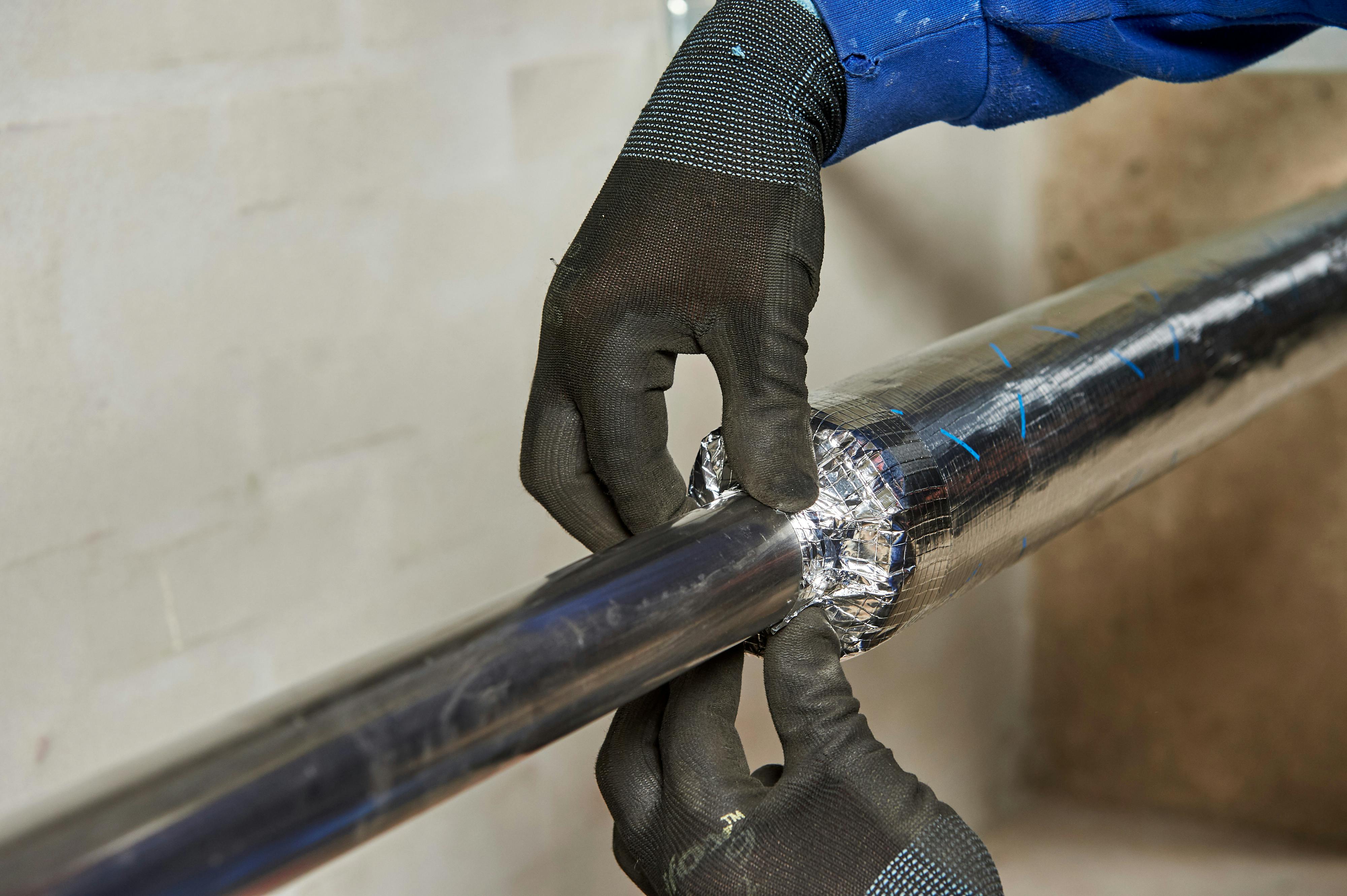Pipe Insulation
As hot or cold water has quite a long way to travel throughout a building, it is crucial it maintains its required temperature as much as possible. During this process, it passes many spaces where additional heating or cooling is unavailable, meaning non-insulated pipes can heat up or cool down – with all the negative consequences that can cause.
In any case, effective insulation means HVAC systems don’t have to work as hard to maintain the operating temperature of the unit, thereby reducing energy consumption.
Discover more about HVAC pipe insulation, and how ROCKWOOL applications can benefit you today.






































